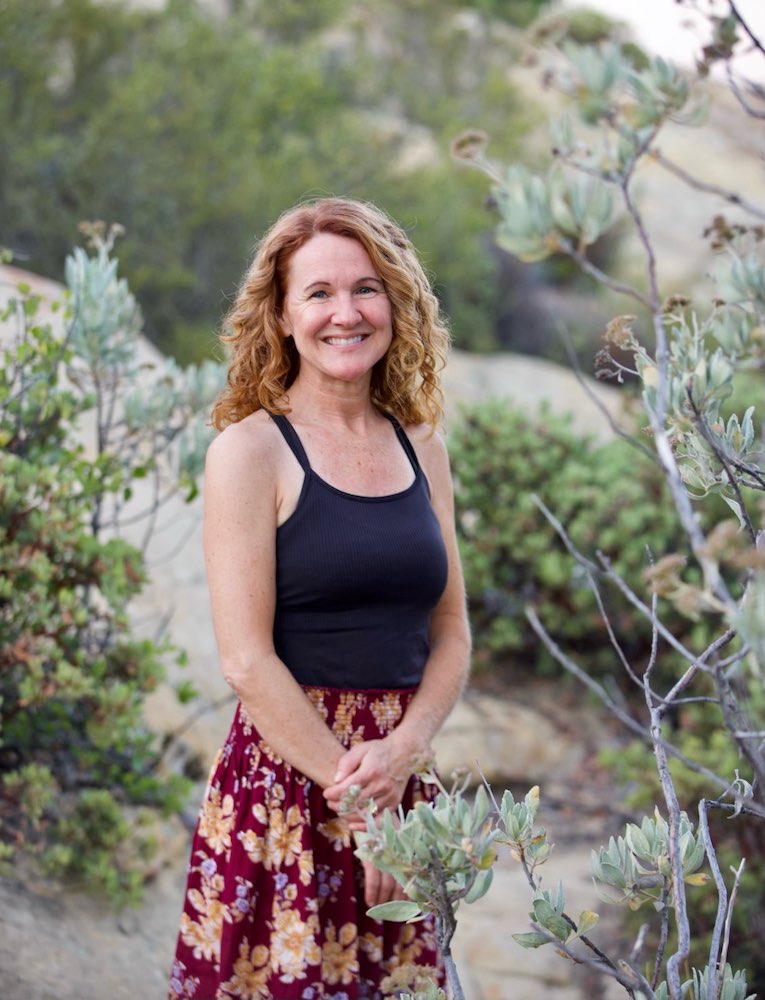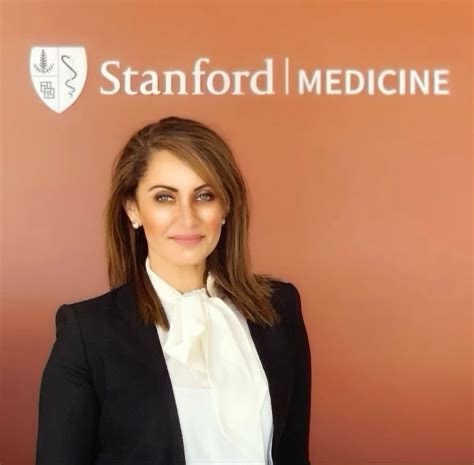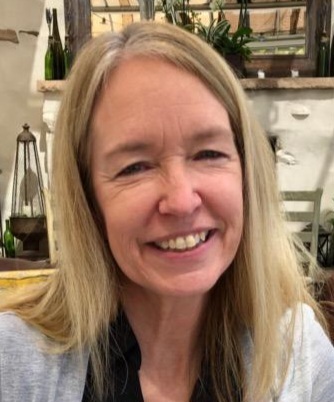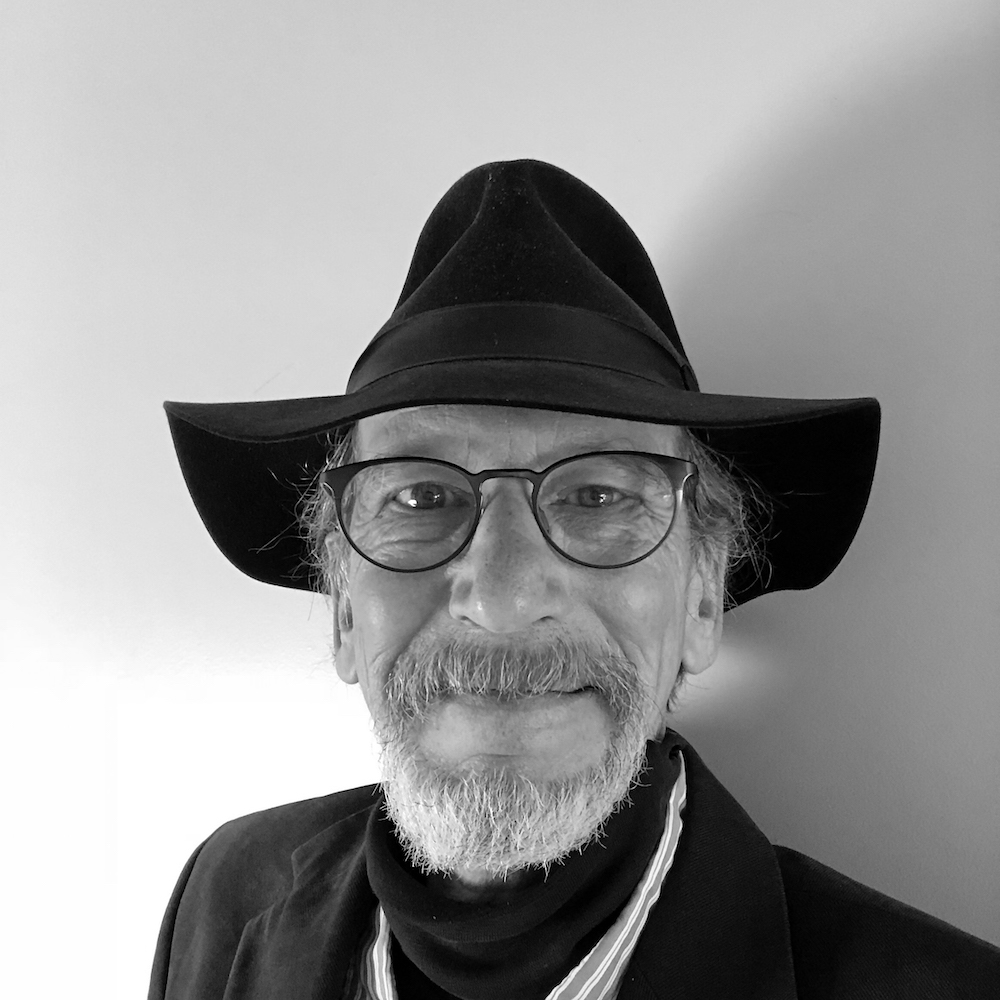Long Covid in Santa Barbara: A Medical and Financial Time Bomb

When Debbie Goodwin caught a strange disease that smashed into her life like a freight train, she felt she was alone in the world. With its devastating rhythm of painful and fatiguing symptoms, no one seemed to know what she had. It was terrifying.
Today, two years later, she still struggles, but she knows she is hardly alone. “I have Long Covid,” said Goodwin, the Executive Director of Community Trauma Care, a Santa Barbara nonprofit. “Some people still don’t know about it, but it’s a terrible disease. For much of the time, it’s been a living hell.”
Triggered by Covid-19, but showing vastly different symptoms, Long Covid was unknown four years ago, yet it has quickly become one of the most common diseases in America. Causing an often-debilitating series of upwards of 200 nasty symptoms, it has suddenly created a time bomb, both medically and financially, for Santa Barbara County and the entire country.
Unlike Covid-19, it attacks mostly people under 60 years old, including children. Often, people who were asymptomatic during their bout with Covid-19 come down with the worst cases of Long Covid. The most common serious symptoms include tachycardia (racing heart), debilitating brain fog, severe fatigue, and damage to the liver, kidney, and stomach. A new study out from two universities in the U.K. found that Long Covid patients often have more trouble functioning, greater fatigue, and a lower quality of life than even those with life-threatening conditions like advanced cancer, Parkinson’s, and end-stage kidney disease.
Although Long Covid was identified in the spring of 2020, the response from the government and the medical and legal worlds has been grindingly slow. No cures or significant treatments have been announced, although a small but potentially important step was taken by the National Institute of Health (NIH) two weeks ago. (More on that later.)
The human and financial stakes are astronomically high. An estimated 10,000 county residents have or are suffering from the disease. While the CDC insists nationwide cases stand at about 10 million Americans, a recent Penn State University study put the number at closer to 120 million people. Most other studies put the number at more than 70 million.
At the same time, financial costs of Long Covid are skyrocketing. A Harvard University study estimated that lost earnings from disabled workers and higher spending on medical costs will soon top $3.7 trillion nationwide. Most believe that number will ultimately climb far higher. Long Covid costs have already outpaced diabetes in terms of employer health care costs nationwide.
Closer to home, Long Covid continues to plague the entire community.
“It is definitely a serious problem for families and businesses in Santa Barbara County,” said Dr. Henning Ansorg, the County’s Public Health Officer, and a member of the medical staff at Cottage Hospital. “It can attack with a fury and severely diminish a patient’s quality of life.”
The Misery, the Mystery, and the Hope

Like Goodwin, Santa Barbara resident Perry Norton has suffered from Long Covid (LC) since 2020. “It can cause constant nausea and profound exhaustion,” she said. “It is a special kind of hell.” Bouncing from doctor to doctor, she was diagnosed with a dozen different diseases. None of these were correct. “Meanwhile, I was so fatigued I couldn’t take a shower and wash the dishes in the same day. I had to close my business after it had been successful for 20 years. My husband was supportive, but I knew it hurt him deeply to see me this way. I understood, at that time, why people with this kind of disease often decide to take their own lives.”
Finally, a doctor told her she had Long Covid. That diagnosis saved her from possible hospitalization or worse. “Other doctors were telling me to exercise and claw my way back,” she said. “They didn’t know, and many still don’t know, that many things about Long Covid go against convention. Robust exercise often triggers serious symptom eruptions in LC patients.”
Two of the most terrible aspects of LC, as well as similar diseases such as Myalgic Encephalomyelitis (ME), are the isolation and shame patients feel. Santa Barbara resident and former ultra-marathon runner Polly Sumner suffers from LC and knows these feelings well. “I went from running 50 miles in a day on mountain trails to barely being able to walk,” said Sumner. “I was in the emergency room five times with tachycardia (racing heart rhythms) and 30 other symptoms. Even with your family around, you can feel totally isolated because you don’t know who you are anymore.”

Community shaming is something that many patients of Long Covid and many autoimmune diseases must still fight. Far too often, members of the public and even many doctors, dismiss symptoms as being psychosomatic, that they are “in the patient’s head.” ME, also known as Chronic Fatigue Syndrome, was once called “The Yuppie Disease” and dismissed as being imaginary, especially among ‘Rich, older white women.’ Doctors still sometimes refer patients only to psychiatric facilities and ignore all physical symptoms.
The vast majority of top researchers and physicians at UCLA Med Center, Mount Sinai, Stanford, the Mayo Clinic, and others worldwide, have rejected what they call these ‘flat earth’ and misogynistic prejudices. “We now know that things like depression is a reaction by the patient to the disease, it is not the initial cause of the disease,” said Dr. Ami Mac, a Director of Translational Medicine at the Stanford Genome Technology Center. “That makes all the difference in the world in how you begin treating the patient.”
Sumner and others, though, still face ghostly echoes of shame caused by the public’s lack of knowledge about LC and the other related diseases. In the past year, Sumner has bravely spoken out about her disease in hopes it will help effect change. “Because people now know I have Long Covid, some literally walk in a wide arc around me. They think Long Covid might be contagious.” Doctors confirm – it is not contagious.
The Mystery

John Herd, a longtime Santa Barbara advocate for those who live with ME, said battling the public and medical community’s prejudices in the past was frustrating. “They fought us tooth and nail,” he said. “I was insulted by doctors, stiff-armed by the government, and ignored by the media. I am hoping the vast numbers of Long Covid patients might help force the needed changes.”
Some LC patients, of course, have completely recovered. Santa Barbara author Billy Mandarino spent 10 days in ICU at Cottage Hospital early on, but he has not had symptoms for more than a year. Although he was diagnosed with Long Covid-caused Guillain-Barré Syndrome, which has been around for years, there are few clues as to why some people recover from Long Covid and others don’t.
The NIH and CDC have been slow in reacting to Long Covid. The reasons for this are complex. Most obvious is the fact that its varied and sometimes confusing array of symptoms have doctors and researchers struggling to understand the origins of the disease. But some observers feel the delays may also be political in nature, involving the controversies surrounding the origins of the COVID-19 virus.
Last month’s announcement, though, may mark the NIH’s first major breakthrough. NIH researchers officially identified the top 12 symptoms of Long Haulers. This has largely been ignored by the media, but it could provide a beacon of hope for patients. Once a malady – especially one with such wildly differing symptoms – is publicly defined, doctors can often begin to officially diagnose patients. The NIH’s report also includes a scoring system that can be tailored to each patient based on the severity of their symptoms.
The Hope
Physicians and researchers are expressing optimism that the NIH announcement could create an avalanche of studies and excitement among doctors and pharmaceutical companies. The NIH definition, which still needs work, could, nevertheless, be the beginning of what private companies need to initiate serious work on drugs and other kinds of treatments. Heroes like Goodwin, Sumner, Norton, and Herd will need to continue to speak out because Long Covid continues to isolate, devastate, and depress patients. But perhaps there is now a glimmer of hope. How fast this process works may depend in part on how much pressure the public can leverage on politicians and the medical community.
“Hope is critical to all of us,” said Norton. “There may be lots of things I’ll never be able to do in my lifetime because of Long Covid. I don’t feel sorry for myself. I just don’t want our children and grandchildren to suffer through anything like this.”







